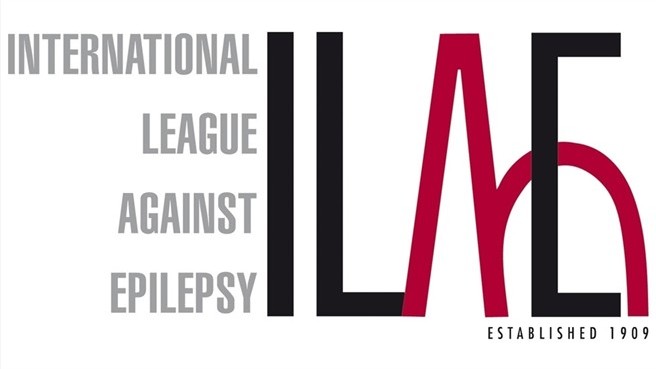Genome sequencing. Despite continual progress in understanding the genetic etiology of human disease, more than half of rare disorders remain unsolved. Resolving the remaining etiologies in rare disease are a major focus of ongoing efforts in the field, including a shift towards standardized analysis of large-scale genome sequencing data from large patient cohorts. In a recent study, Greene and collaborators aimed to identify associations between genes and rare disease subgroups, leveraging genomes of 77,539 people including 29,741 probands. Here is a brief review on their publication in the context of etiological resolution in rare disease.
Category Archives: Genetic analysis
The landscape of epilepsy genetics in 2023
Clinical neurogenetics. Characterization of the genetic landscape of the epilepsies continues at a rapid pace, and the effects of this vast gain of knowledge are beginning to show within routine clinical care of people with epilepsy. In our most recent review, we discuss an overview of epilepsy genetics in 2023, spanning topics of novel methods of gene identification, polygenic mechanisms, new presentations of established genes, and multifaceted efforts of phenotypic characterization. In addition, we discuss the increasingly critical roles of advocacy organizations. Here is a summary of our recent review.
Cost-effectiveness of genetic testing in patients with epilepsy: which test is the right test?
Which test is the right test? In clinical practice, determining an appropriate genetic testing strategy in the evaluation of a patient with unexplained epilepsy is often inconsistent and left to the treating provider, given the lack of evidence-based guidelines. Oftentimes external factors, such as insurance hurdles, dictate the genetic testing that can be ordered. A recent meta-analysis in Neurology attempts to answer the question about which genetic test is most cost-effective in patients with epilepsy, which may aid in the decision making when considering a genetic evaluation of a person with epilepsy. Continue reading
Genome meets phenome to find novel recessive diseases
N=1. Even though many recessive disorders have been identified through next-generation sequencing, there is a major conceptual problem when it comes to interpreting the results of these studies. Recessive disorders are very rare and it is sometimes difficult to assess whether a given variant is truly disease-causing or simply an innocent bystander. A recent study in Nature Genetics has developed a novel concept to identify recessive disorders that rise above the overall genomic noise, finding four novel recessive disorders. In addition, the authors have enhanced their analysis by a statistical analysis of disease phenotypes.

